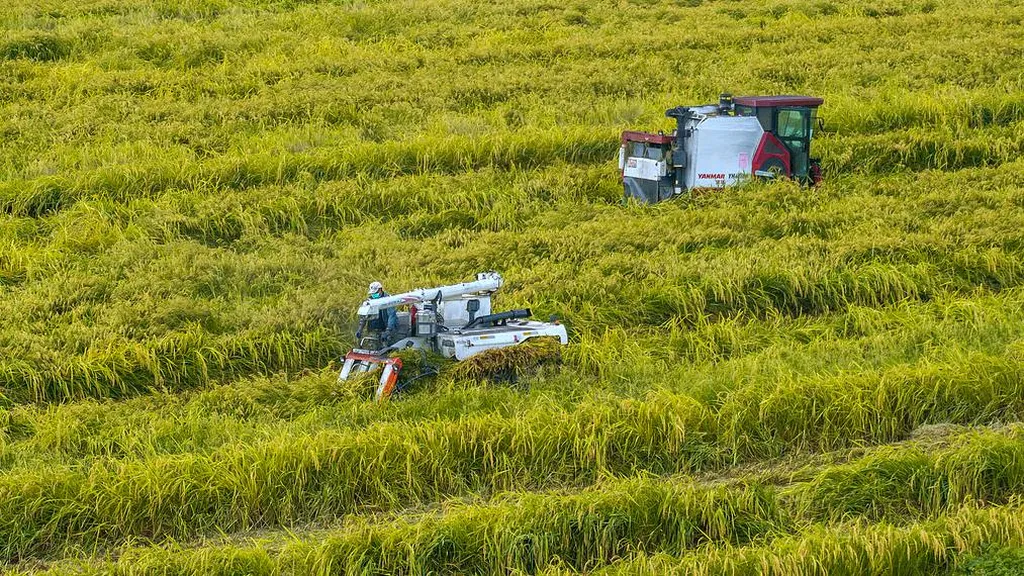In the heart of Jiangsu University, Zhenjiang, China, a team of researchers led by Yao Zhang from the School of Electric and Information is revolutionizing the way we think about electric-driven agricultural equipment. Their latest study, published in the IEEE Access journal (which translates to “IEEE Open Access”), introduces a groundbreaking control method that promises to enhance the precision and efficiency of agricultural machinery, potentially reshaping the future of green sustainable agriculture.
The research focuses on linear-rotary permanent magnet (LRPM) motors, which are increasingly being used in agricultural machinery due to their integrated structure and high material utilization. These motors, capable of linear, rotary, and helical motions, are ideal for two-degree-of-freedom drive applications in agricultural equipment. However, they often suffer from a coupling effect that results in low driving accuracy and significant speed, torque, and thrust ripple.
To address this challenge, Yao Zhang and his team have developed a decoupling and ripple suppression control method using a quasi-resonant linear active disturbance rejection controller (QR-LADRC). This innovative approach is designed to suppress periodic ripple and reduce the position error of the LRPM motor without compromising its dynamic response ability.
“The traditional LADRC has its limitations,” explains Yao Zhang. “Our QR-LADRC controller offers a more effective solution by analyzing the flux coupling effect and designing variable combination modes. The results from our simulations and experiments are promising, showing significant improvements in motor performance.”
The implications of this research are far-reaching, particularly for the energy sector. As the world shifts towards more sustainable and efficient agricultural practices, the demand for advanced electric-driven machinery is expected to grow. The QR-LADRC control method could play a pivotal role in meeting this demand by enhancing the performance of LRPM motors, making them more suitable for a wide range of agricultural applications.
Moreover, the success of this research highlights the potential of integrating advanced control strategies with electric drives, paving the way for future developments in the field. As Yao Zhang and his team continue to refine their method, the agricultural and energy sectors can look forward to more precise, efficient, and sustainable solutions.
In the words of Yao Zhang, “This is just the beginning. The possibilities are vast, and we are excited to explore them further.” With their groundbreaking research, Yao Zhang and his team are not only advancing the field of electric-driven agricultural equipment but also contributing to the broader goal of achieving precise and efficient agricultural farming and green sustainable agriculture.

